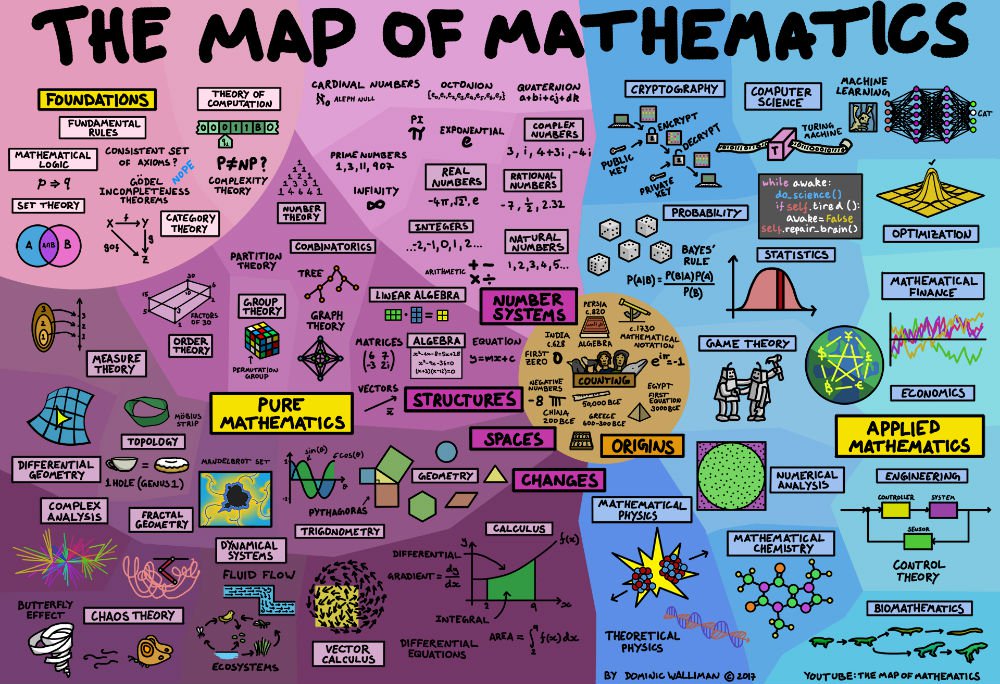
Instructor: John Gemmer
Office: Manchester #388
E-mail: gemmerj@wfu.edu Office Hours: Tuesday 10-11, Wednesday 12-2, Thursday 1-3
Lecture: MWF: 9:00-9:50, Kirby Hall 103
Textbooks: See syllabus.
Course Handouts:
1. Syllabus: (.pdf)
2. Homework Policy: (.pdf)
3. Example Homework Solutions: (.pdf)
4. Latex Templates
5. Overleaf
6. Written Report Rubric (.pdf)
7. Presentation Rubric (.pdf)
Mathematica Notebooks:
1. Lotka Volterra Systems (.nb)
2. Happy Every Day (.nb)
Matlab Scripts:
Quiz Solutions:
1. Quiz #1 (.pdf)
2. Quiz #2 (.pdf)
3. Quiz #3 (.pdf)
4. Quiz #4 (.pdf)
5. Quiz #5 (.pdf)
6. Quiz #6 (.pdf)
Exam Solutions:
1. Exam #1 (.pdf)
2. Exam #2 (.pdf)
Lecture Notes:
1. Lecture #1: (Intro Example) (.pdf)
2. Lecture #2: (Flows on the Line) (.pdf)
3. Lecture #3: (Existence and Uniqueness) (.pdf)
4. Lecture #4: (Potentials and Impossibility of Oscillations) (.pdf)
5. Lecture #5: (SIS Model and Transcritical Bifurcations) (.pdf)
6. Lecture #6: (Saddle Node and Pitchfork Bifurcations) (.pdf)
7. Lecture #7: (Model of Fishing in a Lake) (.pdf)
8. Lecture #8: (Bead on a Rotating Hoop) (.pdf)
9. Lecture #9: (Flows on a Circle and Fireflies) (.pdf)
10. Lecture #10: (Introduction to Phase Plane) (.pdf)
11. Lecture #11: (Linear Systems) (.pdf)
12. Lecture #12: (Love and War) (.pdf)
13. Lecture #13: (Phase Portraits and Linearization) (.pdf)
14. Lecture #14: (Lotka Volterra Systems) (.pdf)
15. Lecture #15: (Polar Coordinates) (.pdf)
16. Lecture #16: (Conserved Quantities) (.pdf)
17. Lecture #17: (Index Theory) (.pdf)
18. Lecture #18: (Eliminating Limit Cycles) (.pdf)
19. Lecture #19: (Limit Cyles) (.pdf)
20. Lecture #20: (Co-dimension 1 bifurcations) (.pdf)
21. Lecture #21: (Global bifurcations) (.pdf)
22. Lecture #22: (Motion on a torus) (.pdf)
Homework Assignments:
1. Homework #1 (.pdf), Solutions (.pdf).
2. Homework #2 (.pdf), Solutions (.pdf).
3. Homework #3 (.pdf), Solutions (.pdf).
4. Homework #4 (.pdf), Solutions (.pdf).
5. Homework #5 (.pdf), Solutions (.pdf).
6. Homework #6 (.pdf), Solutions (.pdf).
7. Homework #7 (.pdf), Solutions (.pdf).
8. Homework #8 (.pdf), Solutions (.pdf).
9. Homework #9 (.pdf), Solutions (.pdf).
Potential Projects:
Research Papers:
1. Why are more people right handed?
2. Chaos and Scheduling Buses.
3. Cats, rats, and seabirds.
4. Water mites and mosquitoes.
5. Coexistence and chaos in complex ecologies.
6. Tuberculosis in badgers and cows.
7. Modeling the decline of religous affliation.
8. Modeling language death.
9. Ultimate fate of constrained voters.
10. Rock, paper, scissors and the evolution of lizards.
11. Modeling the love story in "Gone with the Wind"
12. Dynamical Characteristics Common to Neuronal Competition Models.
13. The power of true believers.
14. Sychrony in frogs.
15. Predator prey food chains with adaptation.
16. Particle interactions and pattern formation.
17. Swarming and flocking behavior.
18.
Rolling swarms of locusts.
19. Rise and fall of political parties.
20. Synchronization of cows.
21. Modeling insect outbreaks.
22. Sychrony in fireflys.
23. Modeling cell division.
24. Oscillations in chemical reactions
25. Modeling a fish hatchery with periodic harvesting
26. Modeling the loss of arctic sea ice.
Chapters from texts (undergraduates only):
Topics in Mathematical Modeling, K.K. Tung:
1. Chapter 9: Snowball Earth and Global Warming.It's a Nonlinear World, Richard Enns:
2. Chapter 10: Marriage and Divorce.
3. Chapter 12: El Nino and the Southern Oscillation.
4. Chapter 14: Collapsing Bridges: Broughton and Tacoma Narrows.
1. Chapter 5: Motion.
2. Chapter 6: Sports.
3. Chapter 7: Electromagnetism.
4. Chapter 8: Weather.
5. Chapter 9: Chemistry.
6. Chapter 10: Disease.
7. Chapter 11: War.
